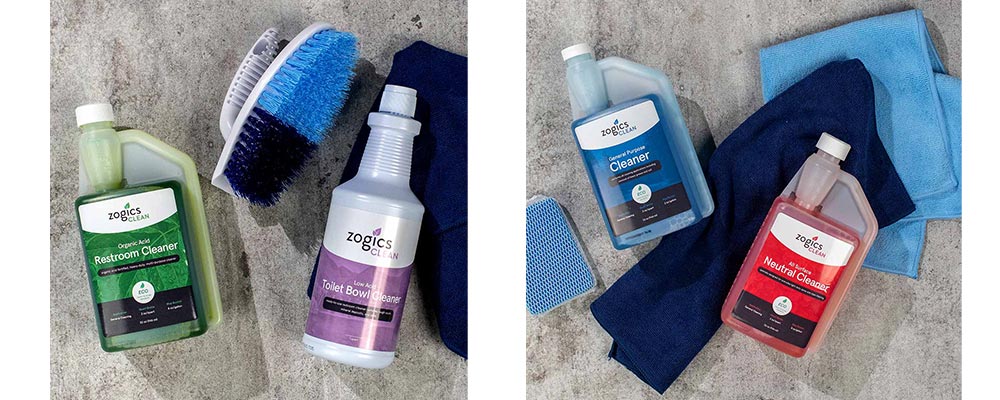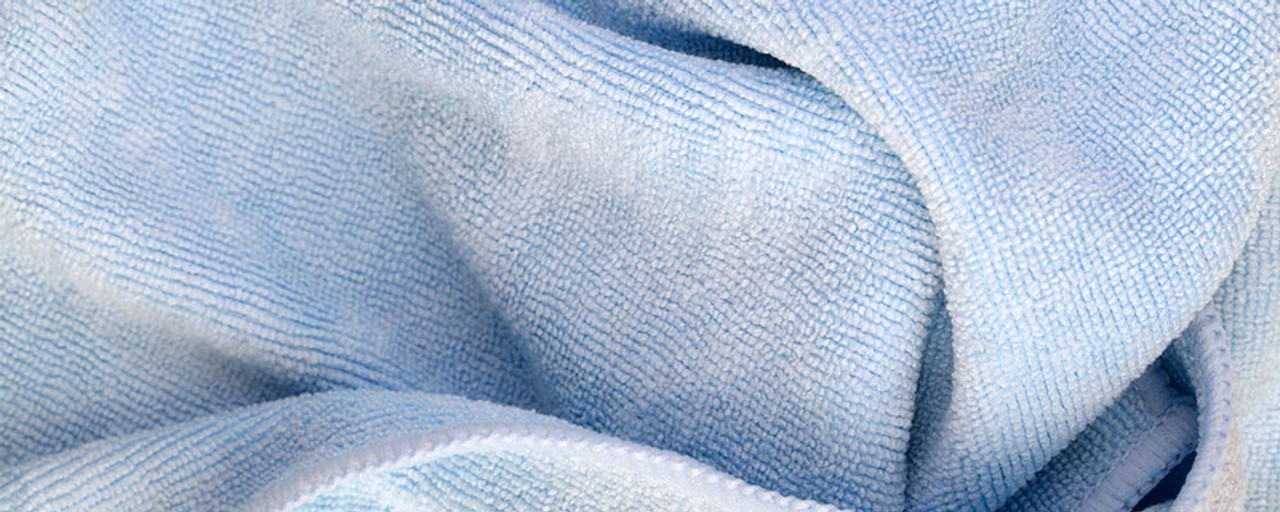How to Clean with Microfiber
Cleaning can be a tedious and time-consuming task, but with the right tools and techniques, it can be a breeze. One of the most popular cleaning tools in recent years has been microfiber cloths. Not only are they environmentally friendly, but they also clean more effectively than traditional cleaning methods. In this article, we will discuss how to clean with microfiber and provide you with some tips and tricks to make your cleaning routine more efficient.
What is Microfiber?
Microfiber is a synthetic material made from a blend of polyester and nylon fibers. These fibers are incredibly fine, measuring less than one denier in diameter, which is approximately 1/100th the thickness of a human hair. This unique composition allows microfiber cloths to pick up and trap dirt and dust particles more effectively than traditional cleaning materials.
Why Use Microfiber?
Aside from their superior cleaning abilities, microfiber cloths offer a range of other benefits. First, they are reusable and can be washed and reused numerous times before needing to be replaced. This makes them an environmentally friendly option compared to disposable cleaning materials such as paper towels. Microfiber cloths are also incredibly versatile and can be used on a variety of surfaces, including glass, mirrors, stainless steel, and wood.

How to Clean with Microfiber
Before using your microfiber cloth, it's important to wash it first. This will remove any manufacturing residue and ensure that the cloth is clean and ready to use. Microfiber cloths can be washed in a regular washing machine with a mild laundry detergent, but it's important to avoid fabric softeners as these can clog the fibers and reduce their effectiveness.
When using a microfiber cloth, it's important to use the right technique. Start by folding the cloth into quarters, so you have eight clean sides to work with. Next, lightly mist the surface you want to clean with water or a cleaning solution. Gently wipe the surface with the microfiber cloth, using a back-and-forth motion. Avoid applying too much pressure as this can damage the surface you're cleaning.
For tougher stains or grime, you can use a slightly damp microfiber cloth and a cleaning solution. It's important to avoid using harsh chemicals or abrasive materials as these can damage the microfiber fibers and reduce their effectiveness. Always read the label of your cleaning solution to ensure it's safe to use on the surface you're cleaning.
Tips and Tricks
- Use a separate cloth for each area to avoid cross-contamination.
- Keep a stock of clean microfiber cloths on hand, so you always have one ready when you need it.
- Avoid using fabric softeners, bleach, or high heat when washing your microfiber cloths, as these can damage the fibers and reduce their effectiveness.
- Use a microfiber mop for cleaning floors, as this will save you time and reduce strain on your back and knees.
- When cleaning glass or mirrors, use a dry microfiber cloth to avoid streaking.

Cleaning with microfiber cloths is a simple and effective way to keep your facility clean and tidy. By following the tips and techniques outlined in this article, you can ensure that your microfiber cloths are clean and ready to use when you need them. Remember to use a separate cloth for each area you clean, and avoid using harsh chemicals or abrasive materials. With a little practice, you'll be able to clean more efficiently than ever before.
Recent Posts
-
How to Prevent Slippery Floors After Disinfecting: Custodian Safety Guide
When Clean Turns Dangerous You've just finished disinfecting the lobby floor. It's spotless. Germ-fr …Nov 28, 2025 -
Sensitive Skin Cleaning: Low Irritant Disinfectants, Gloves, and Hand Care Stations
Facility managers often report that skin irritation ranks among the top three health complaints from …Nov 14, 2025 -
Stop Wipes from Drying Out: Dispenser Setup, Refill Best Practices, and Cost-Saving Tips
How to Keep Cleaning Wipes from Drying Out | Dispenser Tips Dried-out wipes are one of the most comm …Nov 06, 2025




